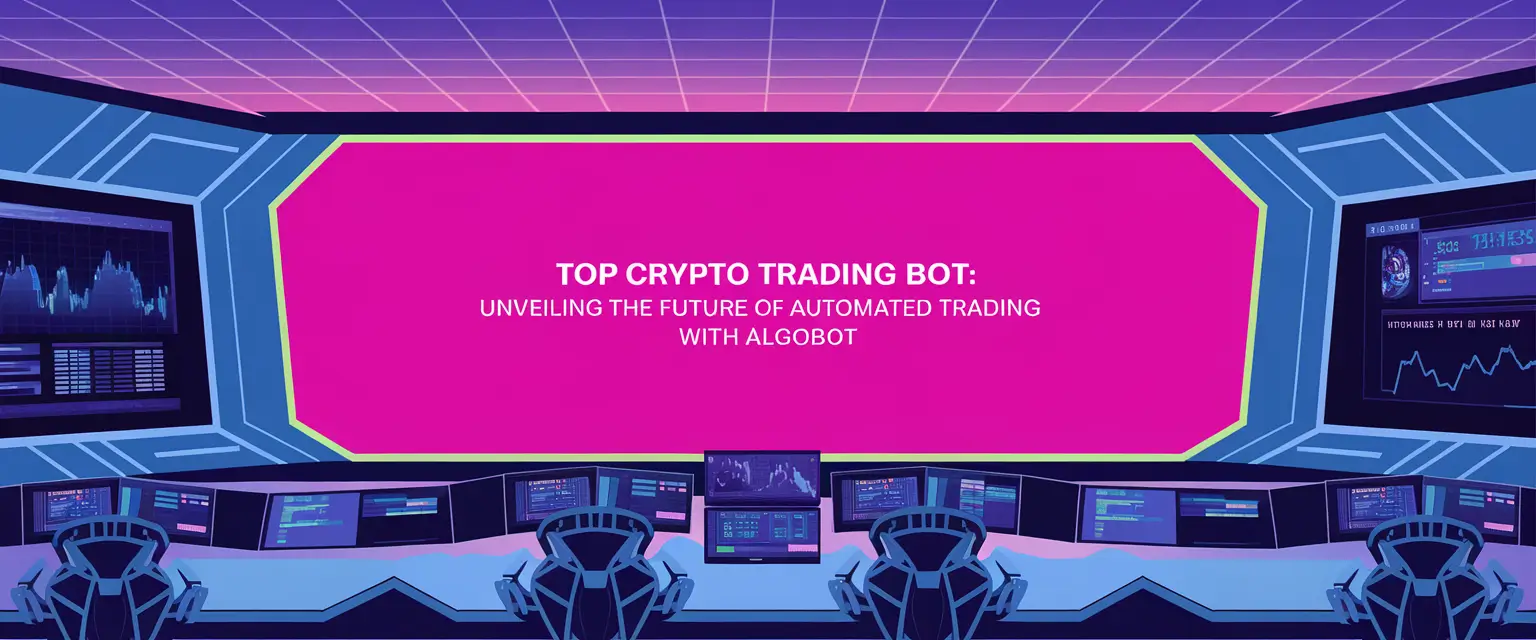Intraday trading is all about quick moves and smart strategies. The idea is to profit by capitalizing on an asset’s price movements within a single day.
This trading approach works across various assets, including stocks, crypto, and forex. However, success requires focus, rapid decision-making, and a concrete understanding of market trends.
This guide explores intraday trading in detail. We discuss the basics, the best strategies, and risk management measures to help you reach consistent profits.
Here are the essential points to understand about intraday trading: Let’s say you’re interested in a stock priced at $100. That’s intraday trading in a nutshell – opening and closing a trade within the same day. This thrill of making quick profits appeals to many. For this reason, intraday trading attracts seasoned investors and market newcomers alike. The emergence of online brokers has significantly diminished the entry barriers to financial markets. This accessibility has opened the doors for more people to engage in trading, fueling its growth. In fact, there’s a staggering amount of money flowing into this marketplace. For instance, the NYSE and the NASDAQ see daily trading volumes often exceeding $100 billion. This includes not only institutional traders but also retail investors. Nevertheless, intraday trading isn’t easy by any measure. As you can imagine, this trading method requires strong analytical and judgment skills. You must stay focused on the market conditions and be ready to act quickly as they change. Let’s explore the essentials of intraday trading in much more detail. Intraday trading can be conducted across various asset classes, offering unique opportunities and challenges. Here are some of the most common assets that intraday traders focus on. Stocks are one of the most popular assets for intraday trading. Traders often focus on highly volatile stocks – as these can experience significant price swings in a short period. Additionally, stocks that make headlines tend to attract even more attention. For instance, major news events can cause prices to fluctuate rapidly. These characteristics create ample short-term tradable opportunities. Traders frequently target well-known companies like Alphabet, Tesla, and Apple. These stocks boast high trading volumes. Meaning, a large number of people buy and sell them every day. This heightened activity increases the chances of identifying profitable trades. The foreign exchange (forex) market is the largest and most liquid financial market globally. So, it isn’t surprising that many intraday traders flock to forex. It involves currency pairs, such as EUR/CAD or USD/CHF. Forex traders aim to profit from exchange rate fluctuations. These fluctuations are often influenced by economic indicators, geopolitical affairs, and central bank decisions. Key reports, like employment statistics or inflation rates, can also lead to price swings. Additionally, domestic tensions or trade negotiations may create volatility, providing traders with further opportunities. With its high volatility and 24/7 trading hours, the crypto market has also gained immense popularity among intraday traders. Cryptos like Bitcoin, Ethereum, and Dogecoin offer substantial volatility. This is primarily because their prices can pivot dramatically within brief timeframes. This volatility attracts traders who thrive on quick decision-making and the potential for rapid gains. Additionally, as with stocks, new events and market sentiment can widely influence crypto prices in real-time. Commodities are also widely used in the intraday market. This includes essential resources like gold, silver, oil, wheat, etc. Commodity prices can be influenced by various factors. For instance, a sudden change in weather patterns can impact crop yields, leading to price fluctuations in agricultural commodities. Similarly, geopolitical strains in oil-producing countries can drive crude oil prices up or down. This volatility creates opportunities for traders to capitalize on short-term price movements. ETFs are funds traded like stocks but they consist of multiple assets. They’re often made up of stocks, commodities, or crypto – allowing for diversified exposure. ETFs like SPY (S&P 500 ETF) or QQQ (NASDAQ-100 ETF) are actively traded due to their liquidity and volatility. Indices are collections of stocks grouped to mirror the performance of a particular market segment. They serve as benchmarks, reflecting the health of a specific sector or economy. In intraday trading, indices offer traders a way to speculate on overall market trends rather than individual stocks. This reduces the risk of single-company exposure. Popular examples of indices include the S&P 500, NASDAQ-100, and Dow Jones. However, indices can’t be traded directly. Instead, speculation happens via derivatives such as futures or options. Intraday traders employ two primary positions – long and short trading. Understanding these approaches is vital for developing an intraday strategy. In a long trade, a trader buys an asset, anticipating its price to rise. The aim is to buy and sell at a higher price within the same day. For example: This approach is straightforward in terms of understanding and execution. Shorting involves selling an asset first, hoping to buy it back later at a lower price. This is essentially done by borrowing the asset from a broker. This strategy is utilized when traders anticipate a decline in the asset’s price. For instance: While shorting could render profits, it also bears high risks. If the asset price increases, the trader will be forced to buy it back at a high price. For instance, let’s take the above example. Had the stock price risen to $110, the trader would have had to pay $11,000 to repurchase the shares. This results in a $1,000 loss. This potential for unlimited losses makes shorting a particularly risky strategy. Financial instruments play a significant role in enhancing trading strategies and managing risk. Let’s explore some key derivatives commonly used in intraday trading. CFDs let traders speculate on an asset’s price action without owning it. CFDs can be used for stocks, commodities, crypto, indices, and more. CFDs support leverage – allowing you to amplify your positions with less capital. For example, suppose you want to trade Tesla stock – priced at $250. Trading CFDs with leverage thus amplifies both potential profits and losses, making it essential to monitor positions and manage risk carefully. Options give traders the right to buy or sell an asset at a set price within a fixed period. This set value is called the ‘strike price’ of the option contract. Crucially, there’s no obligation to go through with the trade – but if you do, it must be done on or before the expiry date. In intraday trading, options are used widely to speculate on short-term price movements. Options thus give traders flexibility and can be leveraged. However, they come with expiration dates, adding a time-sensitive element to trading decisions. Futures contracts are agreements to trade assets at a predetermined price on a specific date. The key difference between futures and options is that – here, you must exercise the derivative on or before the expiry date. Futures also allow traders to profit from rising and falling markets. They are widely used in intraday trading for commodities, indices, crypto, and other popular assets. Futures also offer leverage to enhance potential returns. A popular variation of futures contracts is perpetual futures, or simply, perpetuals. Unlike regular futures, perpetuals don’t have an expiration date. Instead, they use a ‘funding rate’ to keep their prices aligned with the underlying asset’s price. This makes them attractive to traders looking for flexibility without the constraint of an expiry date. However, they also involve considerable risk due to their high leverage and market volatility. Intraday trading can be exceptionally risky – particularly if you jump in without fully understanding its various complexities. Read on for more information about the key drawbacks. Intraday trading flourishes on market volatility. However, it can be a bane and a boon. Financial markets are erratic, and price fluctuations happen due to various reasons. These could be anything from a news event to geopolitical tensions or even a tweet. In other words, volatility could lead to significant losses if traders are unprepared. An abrupt market downturn can obliterate profits from previous trades, leaving traders vulnerable. Intraday trading can be highly stressful and often influenced by emotional decision-making. The pressure to respond quickly to price movements can result in impulsive trades. This could be driven by fear or greed rather than rational analysis. Needless to say, this can lead to poor judgment and ultimately result in significant losses. To mitigate this risk, traders must devise and adhere to a trading plan. As mentioned earlier, intraday traders also rely on leverage. Leverage lets you control a larger position than your fund balance would permit. As demonstrated in the Tesla CFD example earlier, leverage can boost your profits. Depending on the asset and broker, leverage ratios can go over 500x, providing significant potential returns. However, this also heightens the risk of equally large losses. If a leveraged trade goes against you, losses can quickly deplete your account balance. In such cases, brokerage platforms will implement margin calls. This means that traders must deposit additional funds. If not, the broker might be forced to liquidate the position. Therefore, traders need to use leverage cautiously and understand the importance of their trading decisions. Many beginners enter the market without understanding trading strategies, technical analysis, or risk management principles. This lack of preparation can result in poor trading decisions and substantial financial losses. Before staking real capital, new intraday traders should invest time in education and practice trading strategies through demo accounts. Gaining knowledge about market behavior and technical indicators can significantly improve trading performance. Overtrading is another common pitfall in intraday trading. Traders might feel driven to make numerous daily trades, hoping to boost their profits. However, excessive trading can increase transaction costs, which can erode profits. Additionally, overtrading can heighten emotional stress, leading to further hasty decisions. As such, it’s imperative to establish a clear trading strategy with defined opening and closing points. Here are some essential methods for managing risk in intraday trading. Before entering any trade, decide at what price you’ll buy or sell an asset. Most importantly, determine when you’ll exit if things go wrong. This will ultimately depend on your trading strategy. Unfortunately, many traders open positions without a clear exit point. And this could lead to hasty, emotion-driven decisions when the market turns against them. Not having a predefined exit plan often results in larger-than-anticipated losses. This happens because traders may hesitate to cut their losses, hoping for a price recovery. This can be particularly dangerous in volatile markets, where rapid price action is common. Setting these clear exit points in advance lets you keep emotions at bay. Stop-loss and take-profit orders are essential tools for setting entry and exit points. A stop-loss automatically exits your position if your losses have reached a certain amount. Conversely, a take-profit order limits your gains at a target price. For instance: Position sizing means deciding the amount of capital to allocate to a particular trade. This is calculated based on your funds and risk tolerance. Many traders use the ‘1% rule’. This suggests risking only 1% of your balance on any single position. For instance, if you’ve got $10,000 in your trading account, the 1% rule allows you to risk up to $100 per trade. Diversification disperses your risk across various assets or sectors. This diminishes the impact of a single trade going wrong. For instance, you could day trade stocks, crypto, and commodities. You can also diversify within stocks by trading in different sectors such as finance, healthcare, tech, etc. Reviewing your trades, both wins and losses, is essential for ongoing improvement. Look back at each trade to assess what went right or wrong. It’s extremely useful to determine how the strategy can be improved. This process helps refine your strategy and build a sustainable trading approach. Intraday trading relies on two main aspects – fundamental and technical analysis. Both methods have strengths, and many traders find success by blending them. Here’s a breakdown of each: This tactic concentrates on evaluating an asset’s underlying value. It involves examining different economic aspects that could impact an asset’s price in the short term. This includes news events, earnings reports, financial indicators, and other data. For example, an unexpected economic report or a major news story about a company could create a price movement within minutes. Therefore, traders who rely on fundamental analysis must stay updated with financial developments. Importantly, traders should be able to assess how such events might impact the market during the trading day. Technical analysis involves dissecting price charts and other indicators to foretell incoming price movements. It’s the go-to approach for intraday traders. This is because technical analysis provides real-time insights into market trends. This helps identify profitable entry and exit points. There are several popular strategies within technical analysis, each with its own approach to analyzing price movements. Here are some of the most commonly used strategies in intraday trading: Scalping is a quick-trade strategy where traders make multiple trades throughout the day, capturing minute price movements. In fact, each scalp trade may only last a few minutes or seconds. Scalpers aim to make a negligible profit on each trade. However, these can add up significantly by the end of the day. Moreover, scalpers also rely on leverage to elevate their earnings. Crucially, scalping strategies require speed, precision, and low transaction costs. Scalpers find trading opportunities by using technical analysis. This includes indicators like Moving Averages (MAs) and Fibonacci Retracement to pinpoint likely price trends. They also rely on price action data to analyze buy and sell orders, gauging market depth and pressure. Range trading focuses on assets fluctuating within a set price range. Traders purchase near support levels and sell close to resistance points (or vice versa when shorting). This strategy is effective in stable or sideways markets where prices lack strong trends. It allows traders to profit from predictable price patterns. Range trading often relies on the Relative Strength Index (RSI) or stochastic oscillators. Put simply, you can continue monitoring the stock, ready to buy again if it dips near $50,000 or sell if it approaches $55,000. The trend-following strategy seeks to profit from the momentum of an asset’s price direction. Traders use this approach to identify and follow market directions (upward or downward). The fundamental principle is that trends will continue in the same direction. This permits traders to profit from the trend until it shows reversal signs. Indicators and trend lines are used to determine the strength and direction of the movement. A common practice is to enter long positions when the price breaks above a moving average or a key resistance level. Alternatively, traders also short positions when it drops below a moving average or key support level. In this intraday strategy, you profit from an asset’s price discrepancies across brokerage platforms. It requires buying an asset via one broker at a lower price and selling it in another at a higher price simultaneously. The goal is to exploit these inefficiencies to generate risk-free profits, or at least significantly minimize risk. For instance: Since price discrepancies can vanish quickly, the trader must act fast. Using crypto arbitrage bots can automate this process. This ensures rapid execution and minimizes the chances of missing the opportunity. Arbitrage opportunities can arise from various factors, including supply/demand or the time lag between trades. Common types of arbitrage include spatial, statistical, and triangular arbitrage. Although arbitrage can be profitable, it typically demands substantial capital. Unsure which strategy is right for you? Copy trading can help. In this approach, you copy the strategies used by successful traders. This way, you gain insights and potential returns without needing to manage each decision independently. Today, there are several platforms facilitating copy trading. You can select traders based on their performance record, risk tolerance, and asset focus. Once you choose a trader to follow, the platform automatically repeats their trades in your account – in proportion to your position sizes. This saves time and reduces the learning curve. Alternatively, you can also use copy trading bots. These bots automate the entire process, continuously monitoring and copying the chosen trader’s moves without the need for constant oversight. One example is Algobot and its forex copy trading service. Algobot also supports copy trading for the DAX, the primary German stock index. You can copy Algobot’s trading signals and execute them via your brokerage account. This way, you can benefit from the bot’s expertise without any hands-on involvement. With numerous options available, evaluating intraday platforms is essential. Here’s what to consider when selecting the best platform for your needs: Finding the right brokerage platform is important for successful intraday trading. In this section, we’ll explore the best options for 2025: AvaTrade is a reputable brokerage platform that boasts regulatory licenses in nine different jurisdictions. This includes the EU, Japan, South Korea, and Australia. It deals exclusively with derivatives – giving access to many assets. The selection includes CFDs for stocks, ETFs, crypto, and options for forex and commodities. In other words, intraday traders can easily diversify into multiple markets via this broker. It also supports multiple trading platforms, including MetaTrader 4, MetaTrader 5, and AvaOptions. Additionally, AvaTrade has an Android and iOS app. This lets you trade on the go. Another standout feature is its copy trading service. Offered via AvaSocial, this lets you copy expert intraday strategies. AvaTrade also supports leverage of up to 400x – depending on your jurisdiction and the chosen asset. AvaTrade offers highly competitive spreads – as low as 0.9 pips for certain forex pairs. It also offers 0% commissions for all markets. However, inactive accounts will be charged a fee after three consecutive months of non-use. Pros: Cons:
If you want to become a crypto intraday trader, then Bybit is worth checking out. This crypto exchange comes with tons of features accessible to all trader levels. It supports thousands of cryptos from different sectors. Users can also buy and sell these crypto with fiat money. Moreover, Bybit supports both spot and futures markets. It offers different crypto derivatives, such as futures, options, and perpetual contracts. Bybit also lets you control your intraday positions with various orders – such as limit, market, and conditional. Bybit also comes with free sophisticated trading bots. These offer preset strategies such as grid, martingale, and DCA. Bybit’s bot functionality is complemented by robust charting tools and technical indicators. It also supports backtesting to test run the bots. Commissions on Bybit are competitive, with discounts offered for high-volume traders. The spot trading fee is capped at 0.10%. On the other hand, the futures trading platform charges market makers up to 0.02% and takers up to 0.055%. Pros: Cons: As is clear, intraday trading is no easy feat. It takes patience to build the required skillset and experience. However, technological advances have made it uncomplicated for traders to try intraday approaches. For instance, today’s best crypto trading bots can revolutionize how you approach financial markets. They assess live market data, executing trades based on prepared strategies. You simply have to choose a preset strategy, and the bot takes care of the rest. Bots also react swiftly to market fluctuations – capitalizing on possibilities that might be overlooked in manual trading. If you don’t have time to search for the best trading bots, consider Algobot. It offers a range of features designed for intraday traders – such as: Put simply, Algobot can enhance your intraday trade performance without compromising your risk appetite.
Intraday trading offers exciting profit opportunities but comes with its own set of challenges and risks. By implementing effective strategies and managing your positions wisely, you can navigate this approach more effectively. No matter your chosen intraday trading approach, the key is to stay educated and disciplined. Additionally, trading bots can serve as valuable allies in your trading journey. These automated tools execute strategies and place orders without any manual intervention, operating 24/7. Candlestick charts are often considered the best for intraday trading. They deliver a clear visual indication of price action over different time frames. Intraday traders use different strategies. Popular approaches include scalping, arbitrage, mean reversion, trend-following, and range trading. Yes, it’s possible to lose money in intraday trading. Traders can incur losses from unexpected price movements, poor execution, or failure to manage risk properly. Yes, you can use trading bots for intraday trading. These automated programs can run trades based on preprogrammed strategies without ongoing manual monitoring. The ideal time for intraday trading is often during the market’s opening and closing hours. This period tends to have higher volatility and trading volume, suitable for intraday trading. Intraday Trading: Key Takeaways
What is Intraday Trading?
Understanding the Basics of Intraday Trading
Types of Assets for Intraday Trading
Stocks
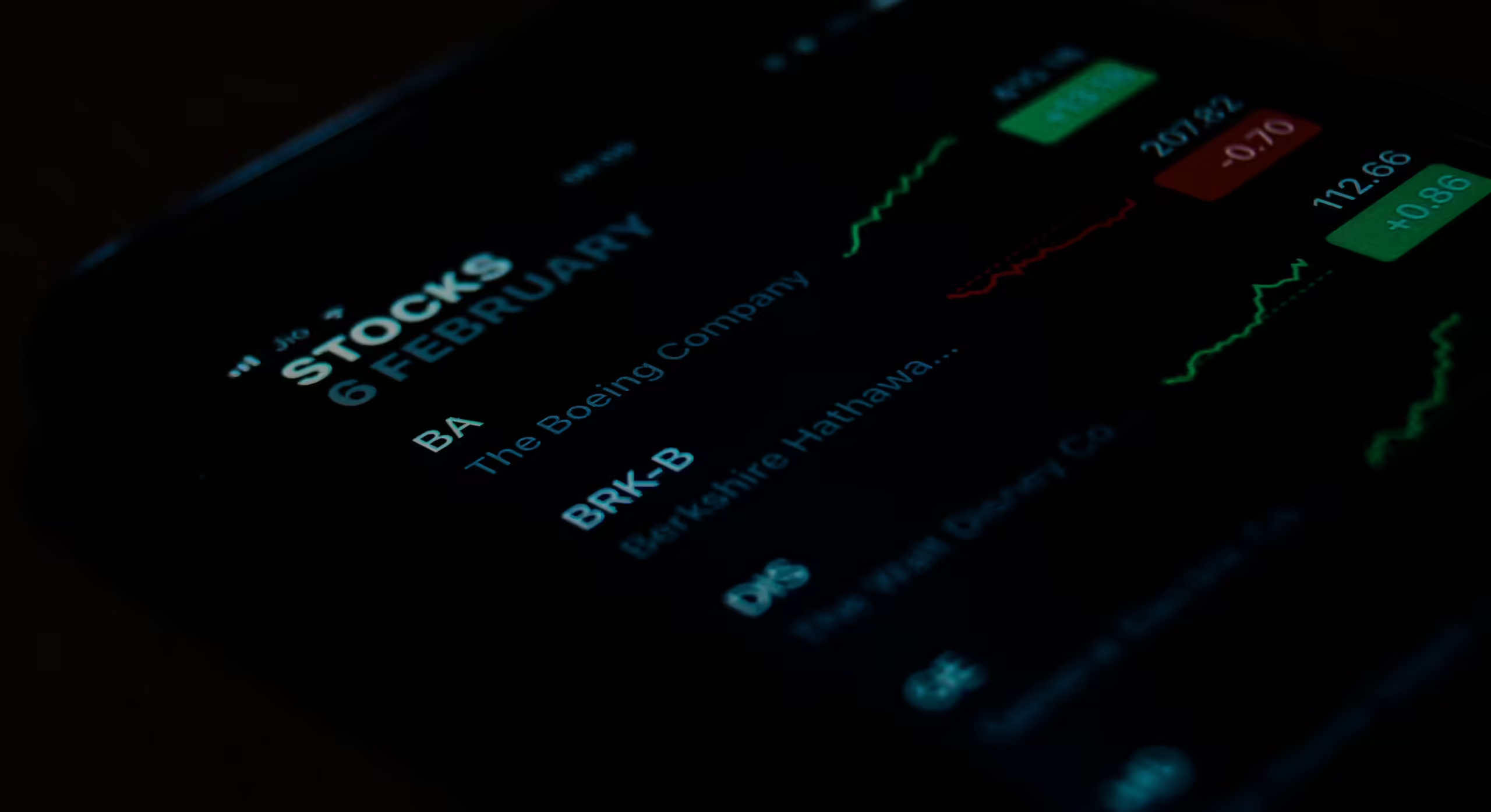
Forex
Cryptos
Commodities
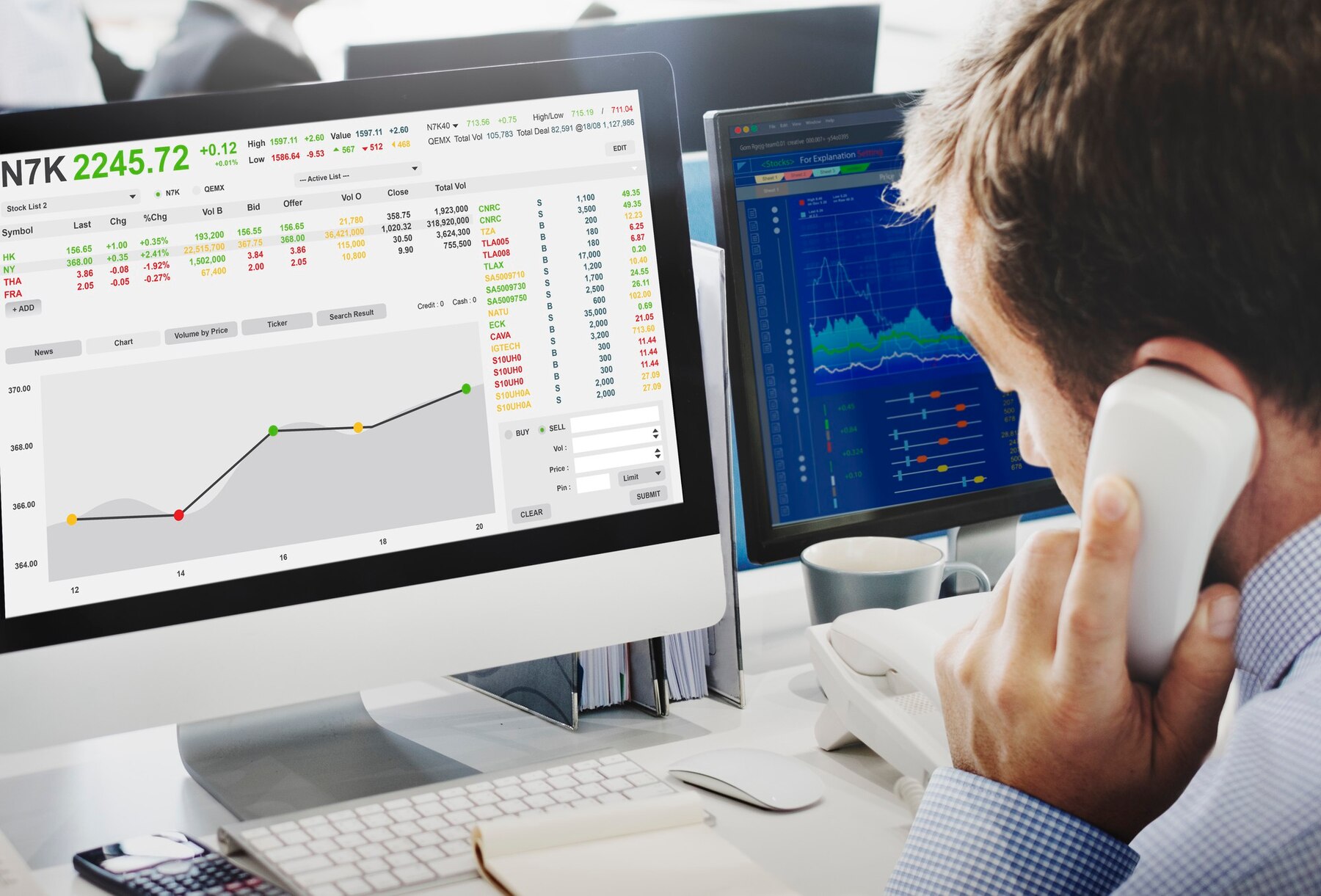
Exchange Traded Funds (ETFs)
Indices
Long and Short Intraday Trading
Long Intraday Trading
Short Intraday Trading
Day Trading Instruments
Contracts for Difference (CFDs)
Options
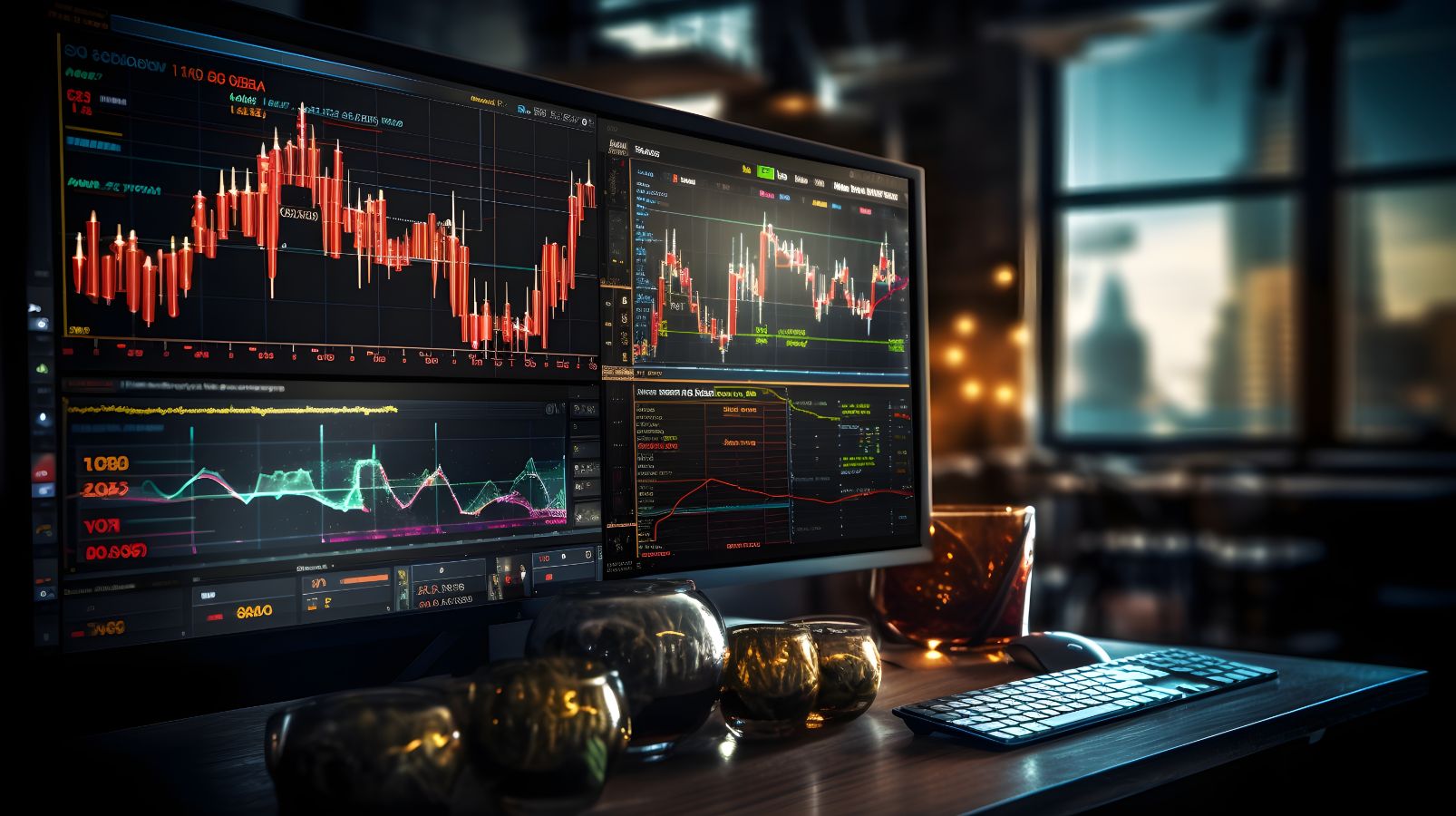
Futures
Perpetual Futures
Risks of Intraday Trading
Market Volatility
Emotional Decision-Making
Leverage Risks
Lack of Knowledge and Experience
Overtrading
How to Manage Risks in Intraday Trading
Set Clear Entry and Exit Points
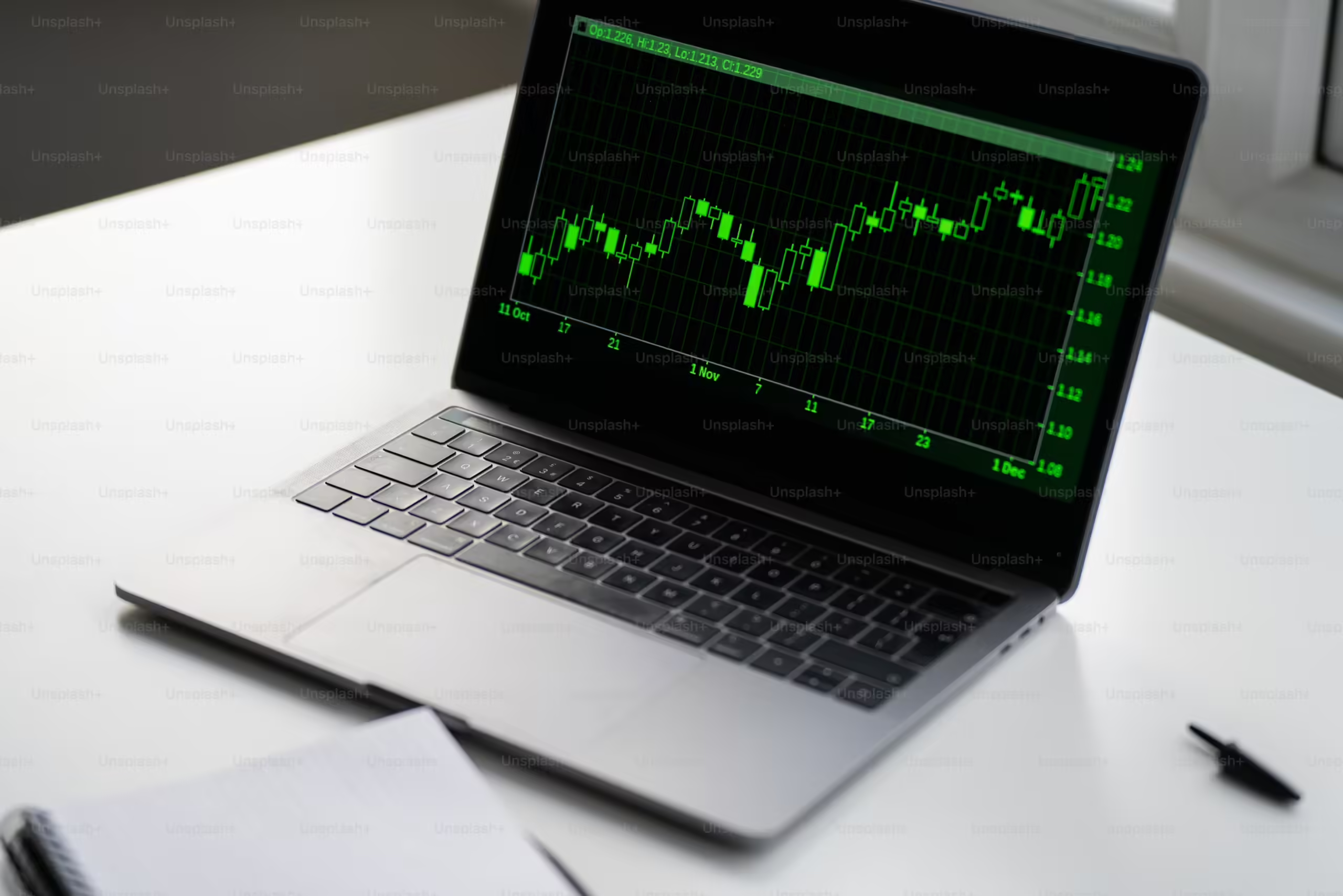
Use Stop-Loss and Take-Profit Orders
Trade with Appropriate Position Sizes
Diversify Your Trades
Review and Learn from Each Trade
Most Popular Strategies Used in Intraday Trading
Fundamental Analysis
Technical Analysis
Scalping
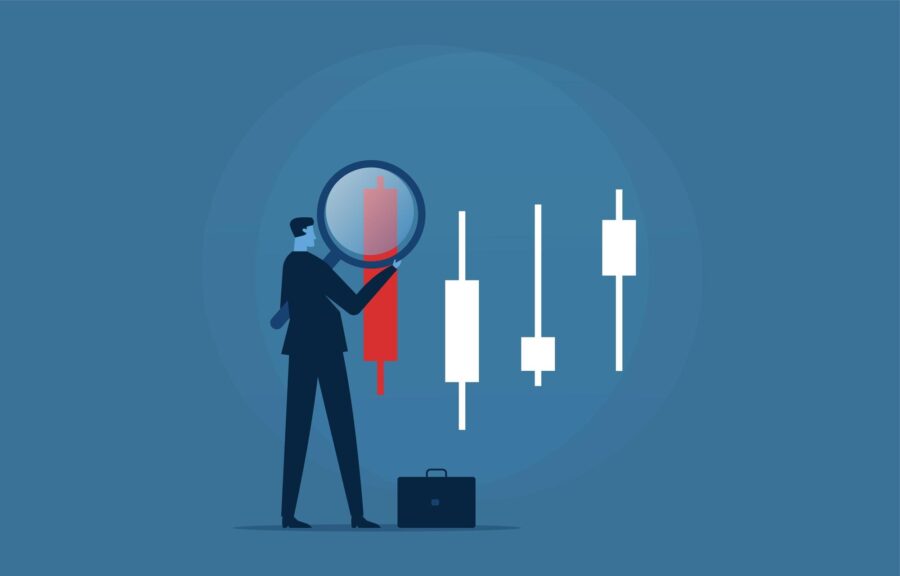
Range Trading
Trend Following
Arbitrage
Copy Trading for Intraday Markets
How to Choose the Best Platform for Intraday Trading
Best Brokerage Platforms for Intraday Trading
1. AvaTrade – Intraday Trading Broker Supporting a Wide Range of Assets
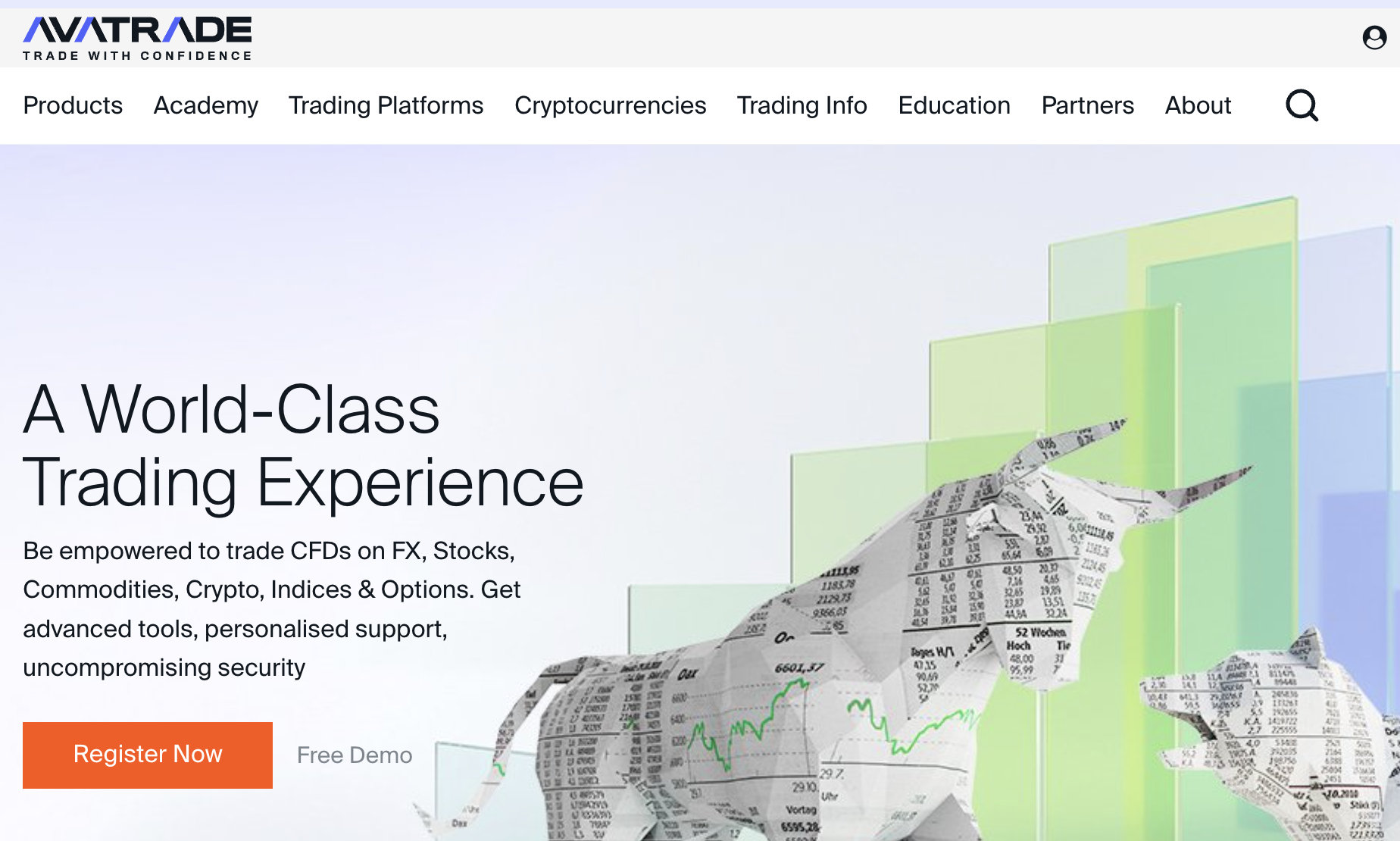
2. Bybit – Best Broker for Trading Crypto Derivatives
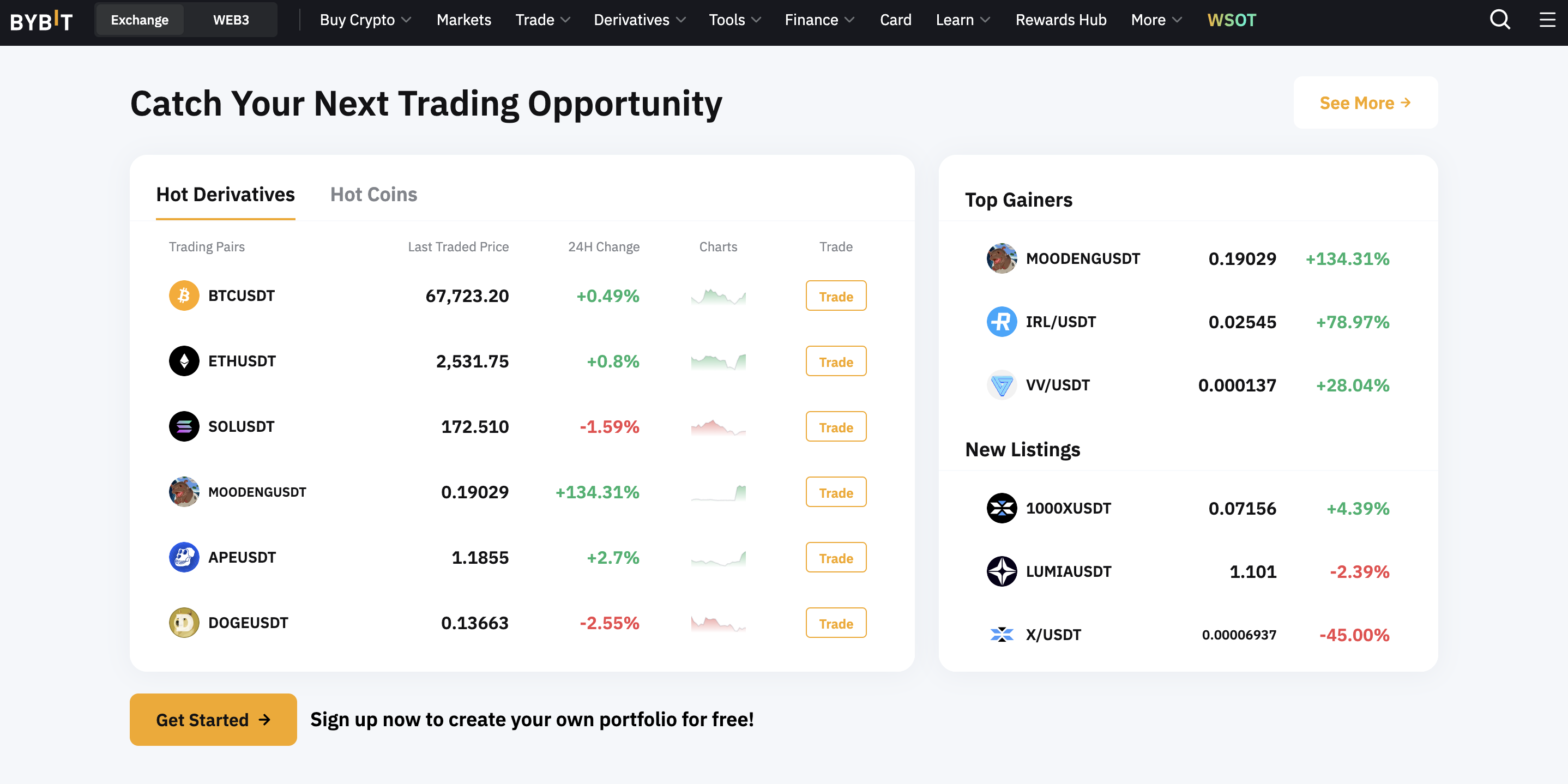
Using a Fully Automated Bot for Intraday Trading
Conclusion
FAQs
Which chart is best for intraday?
Which technique is best for intraday trading?
Can we lose money in intraday trading?
Can I use bots for intraday trading?
What is the ideal time for intraday trading?

